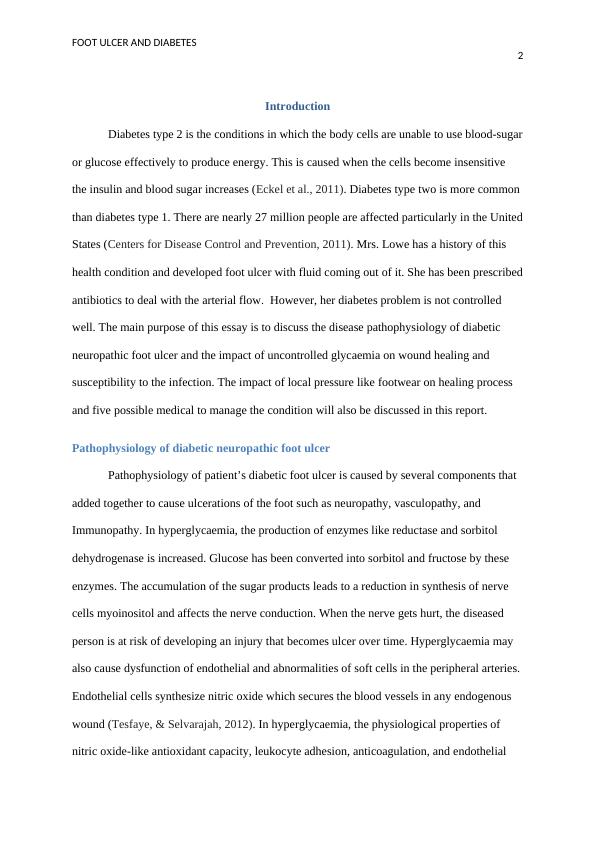Foot Ulcer and Diabetes: Pathophysiology, Impact, and Management Strategies
Added on 2023-06-03
10 Pages2503 Words487 Views
End of preview
Want to access all the pages? Upload your documents or become a member.
Pathophysiology of Diabetic Foot Ulcer
|10
|2234
|86
Gerontological Patient Requiring Surgical Debridement
|7
|2274
|106
Pathophysiology, Nursing Priorities and Management of Diabetic Foot Ulcer: A Case Study
|10
|2726
|139
Wound Care: Pathophysiology of Neuropathic Foot Ulcer and Strategies for Management
|9
|2368
|274
Managing Diabetic Foot Ulcers: Pathophysiology, Risk Factors, and Treatment
|14
|2718
|410
Case Study Analysis
|10
|2705
|55



